AMD Radeon RX 9070 XT: Performance Tested
For the past few generations, AMD has relentlessly pursued Nvidia in the high-end graphics card market. With the AMD Radeon RX 9070 XT, however, Team Red strategically shifts focus. Instead of directly challenging the ultra-high-end RTX 5090, they've aimed to create the best graphics card for the majority of gamers—a goal they've undeniably achieved.
Priced at $599, the AMD Radeon RX 9070 XT delivers performance comparable to the $749 GeForce RTX 5070 Ti. This alone positions it as a top contender, but AMD enhances its appeal with the introduction of FSR 4, bringing AI upscaling to its cards for the first time. This makes it the ideal choice for 4K gaming, especially for those unwilling to spend the $1999 on the RTX 5090.
Purchasing Guide
The AMD Radeon RX 9070 XT launched on March 6th, starting at $599. Remember, prices vary among third-party vendors; aim for a price under $699.
AMD Radeon RX 9070 XT – Photos
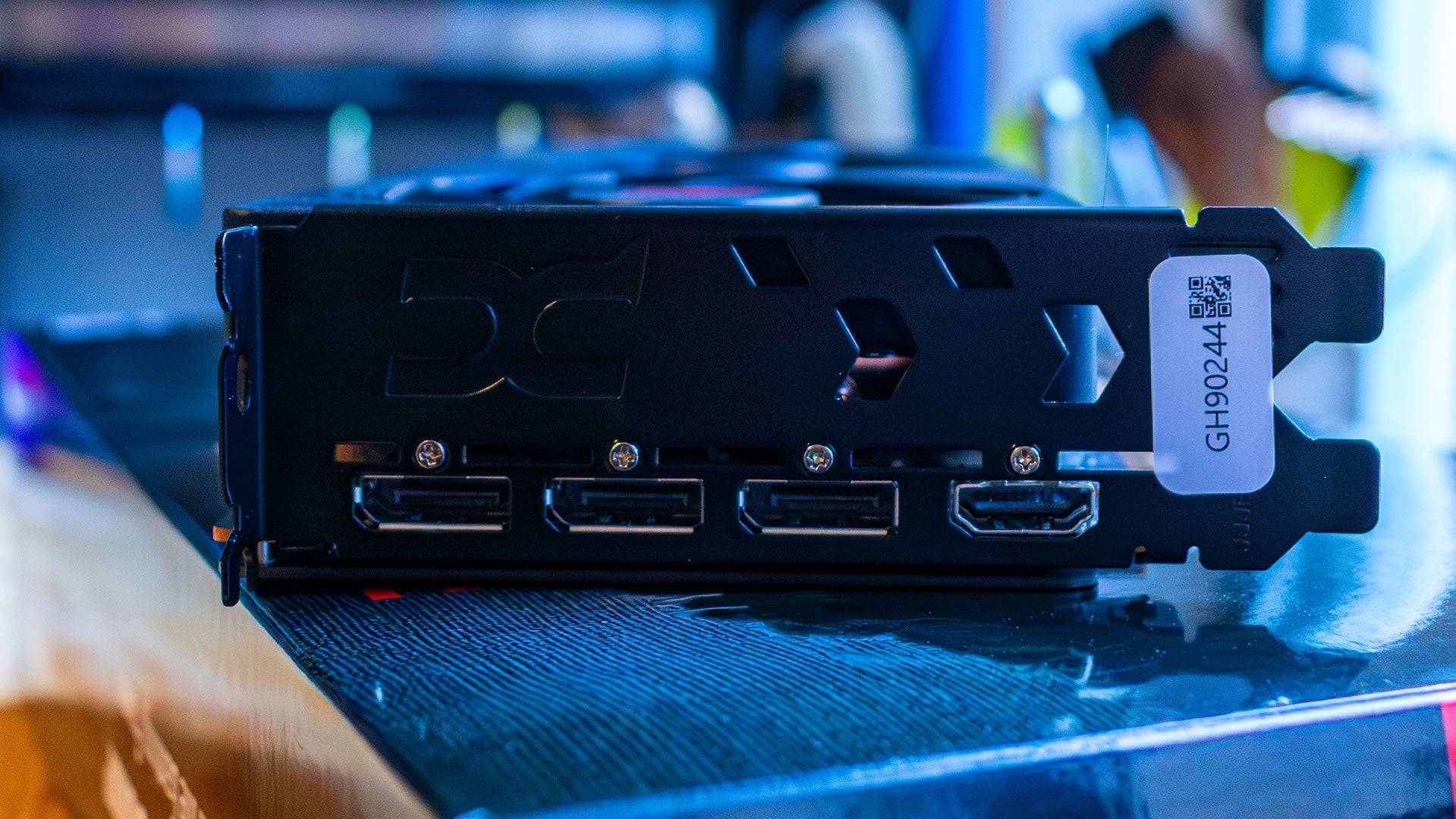

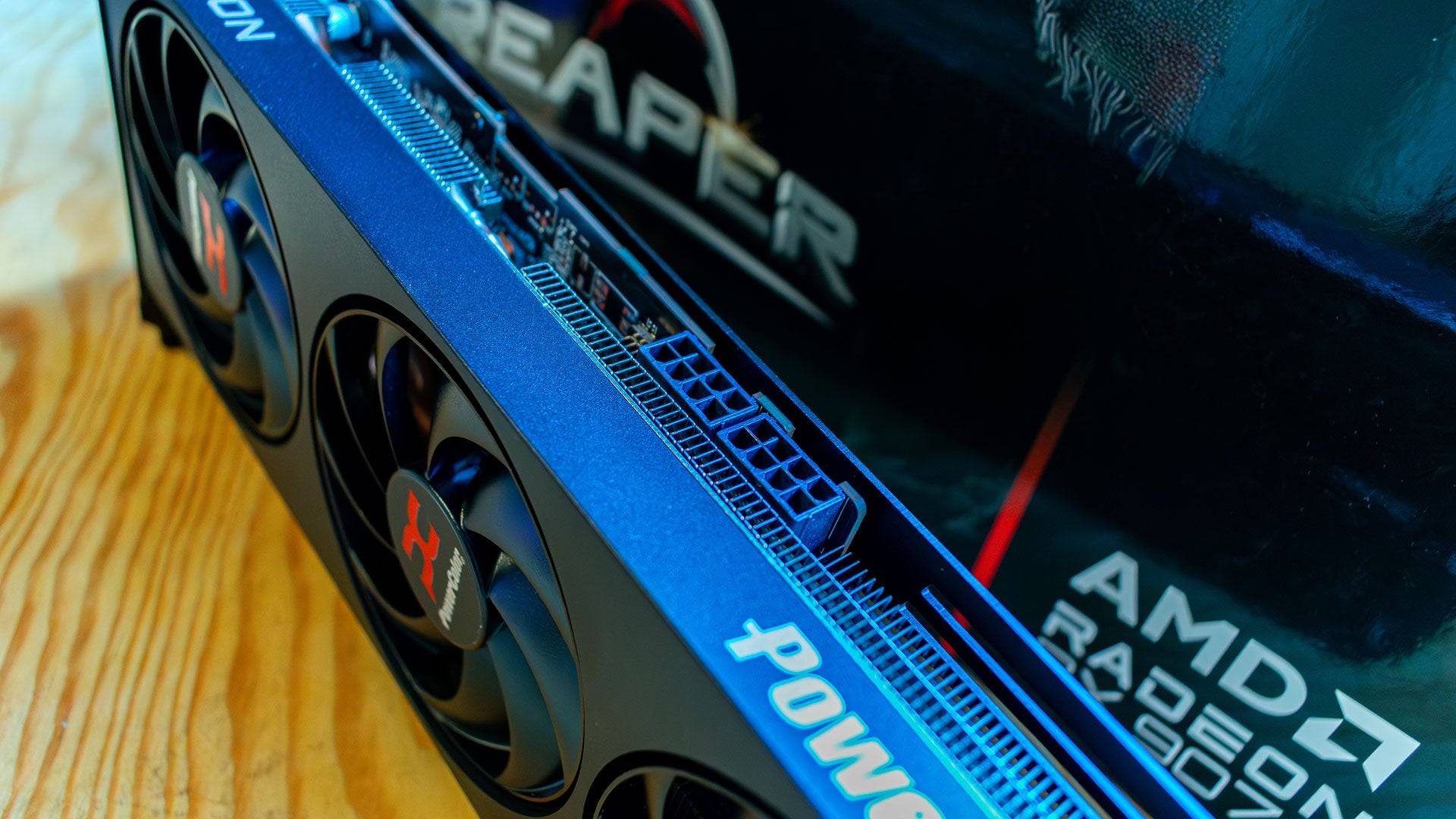
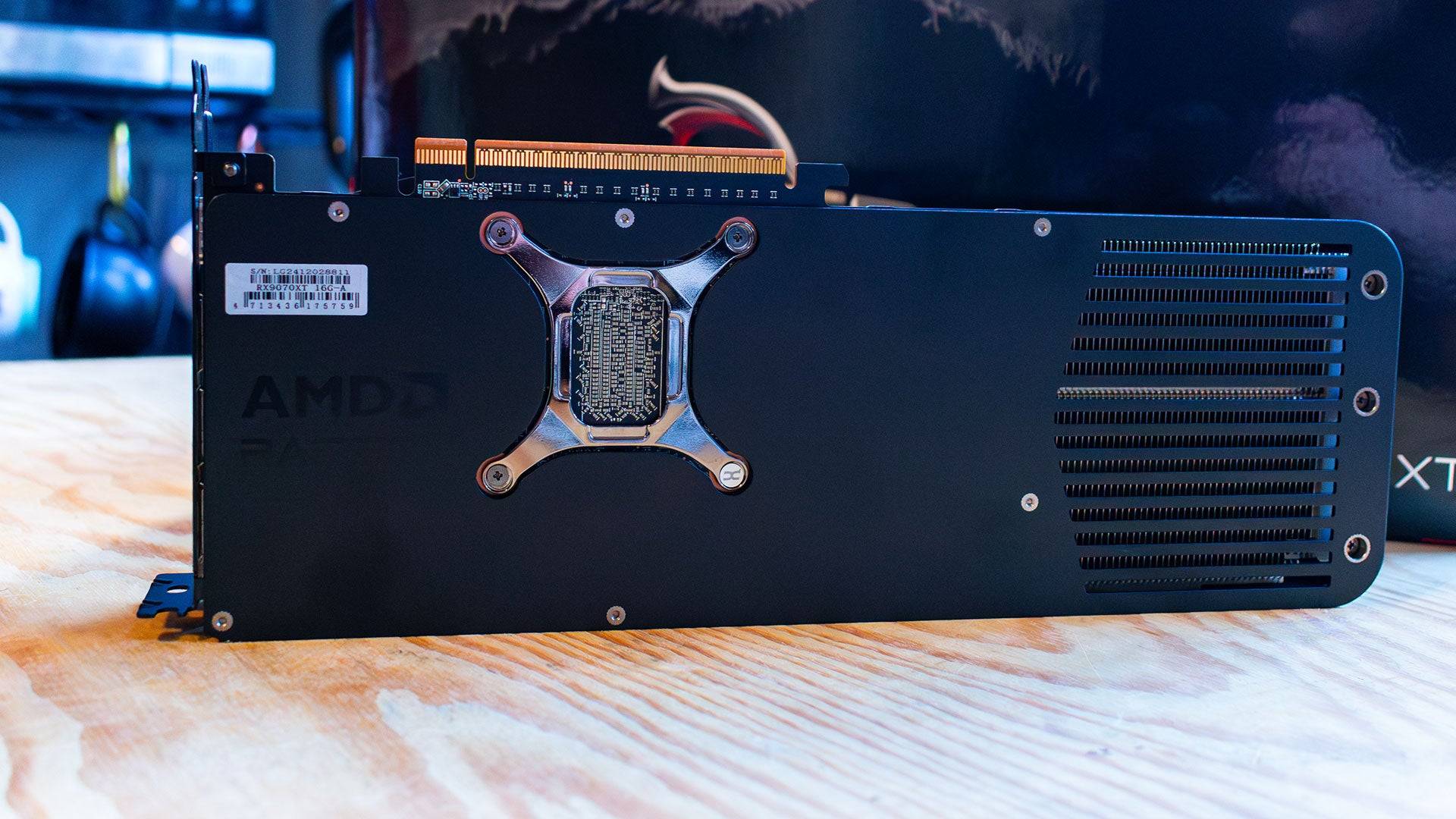
Specs and Features
Built on the RDNA 4 architecture, the AMD Radeon RX 9070 XT boasts improved shader cores, but its standout features are the new RT and AI Accelerators. The AI Accelerators power FidelityFX Super Resolution 4 (FSR 4), AMD's first AI upscaling technology. While not always offering higher frame rates than FSR 3.1, FSR 4 significantly enhances image accuracy and quality. Fortunately, a toggle in Adrenalin software allows disabling FSR 4 if framerate is prioritized.
Beyond AI upscaling, enhanced shader cores provide better per-core performance. Despite having 64 Compute Units (fewer than the 84 in the Radeon RX 7900 XT), the 9070 XT achieves a substantial generational leap at a lower price. Each Compute Unit features 64 Streaming Multiprocessors (SMs), totaling 4,096, along with 64 ray accelerators and 128 AI accelerators.
The Radeon RX 9070 XT has 16GB of GDDR6 memory on a 256-bit bus (compared to the RX 7900 XT's 20GB on a 320-bit bus). While this represents a reduction in capacity and bandwidth, it remains sufficient for most 4K gaming. The use of GDDR6, however, could have been improved.
The RX 9070 XT's 304W power budget is slightly higher than the 7900 XT's 300W, though testing showed the 7900 XT actually consumed more power. This power budget is typical for modern cards, making cooling relatively straightforward. Unlike previous generations, AMD isn't releasing a reference design; third-party manufacturers provide all models. My review unit, the Powercolor Radeon RX 9070 XT Reaper, maintained a temperature of 72°C during testing despite its compact triple-fan design.
The card uses two 8-pin PCI-E power connectors, simplifying upgrades for most users with a 700W power supply (as recommended by AMD). Connectivity includes three DisplayPort 2.1a and one HDMI 2.1b ports; a USB-C port would have been a welcome addition.

FSR 4
AMD's FSR has lagged behind Nvidia's DLSS in AI upscaling. FSR 4, however, addresses previous issues like ghosting and fuzziness. Similar to DLSS, FSR 4 uses AI accelerators to analyze frames and game engine data for accurate upscaling. Image quality surpasses FSR 3, but at a performance cost. In *Call of Duty: Black Ops 6* at 4K Extreme settings, FSR 4 reduced frame rates by approximately 10% compared to FSR 3.1, though image quality improved. *Monster Hunter World* showed a 20% performance drop. This performance hit is expected due to the increased processing demands of AI upscaling. FSR 4 is an optional feature, easily disabled via Adrenalin software.
AMD Radeon RX 9070 XT & 9070 – Benchmarks
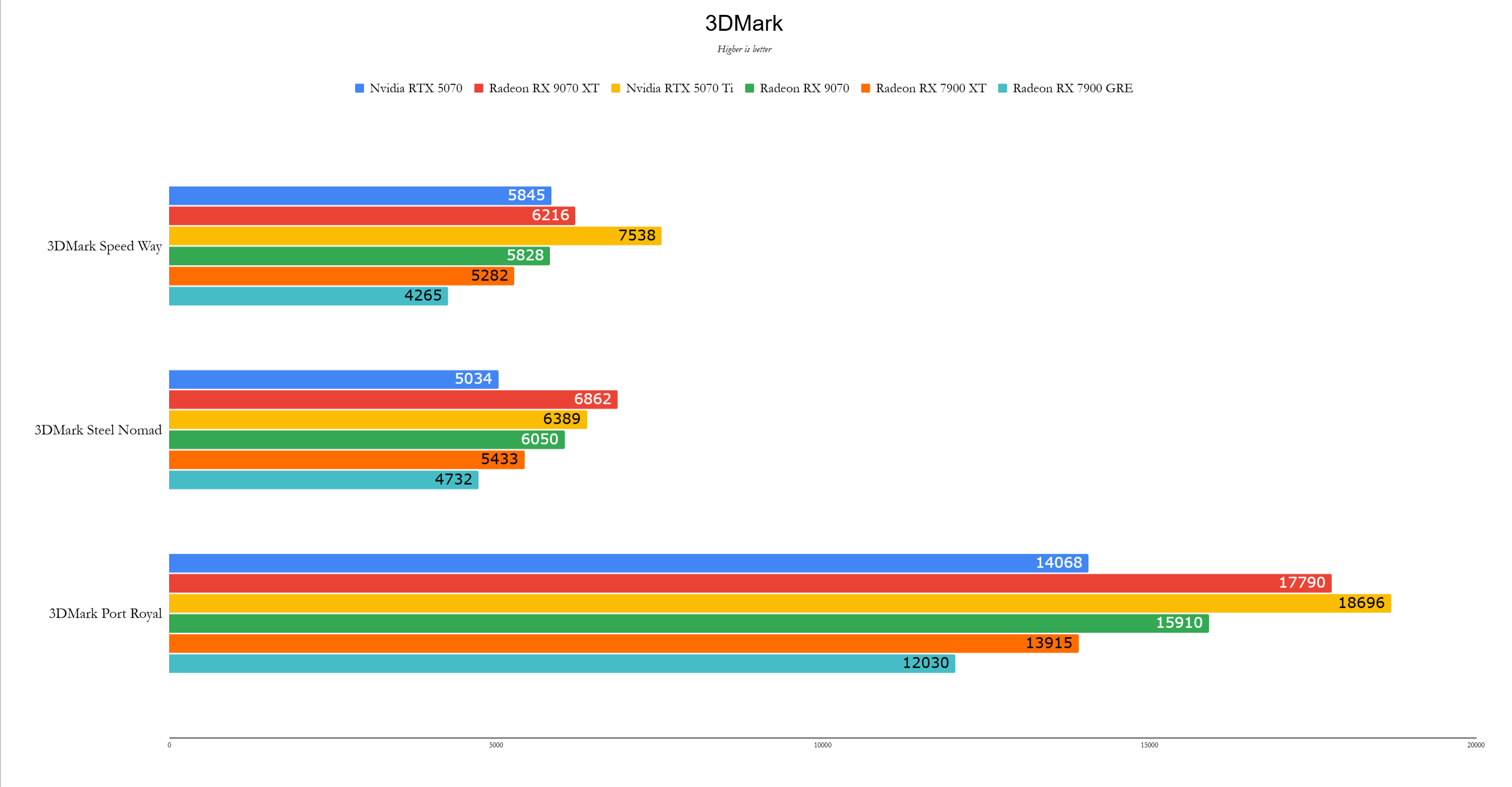
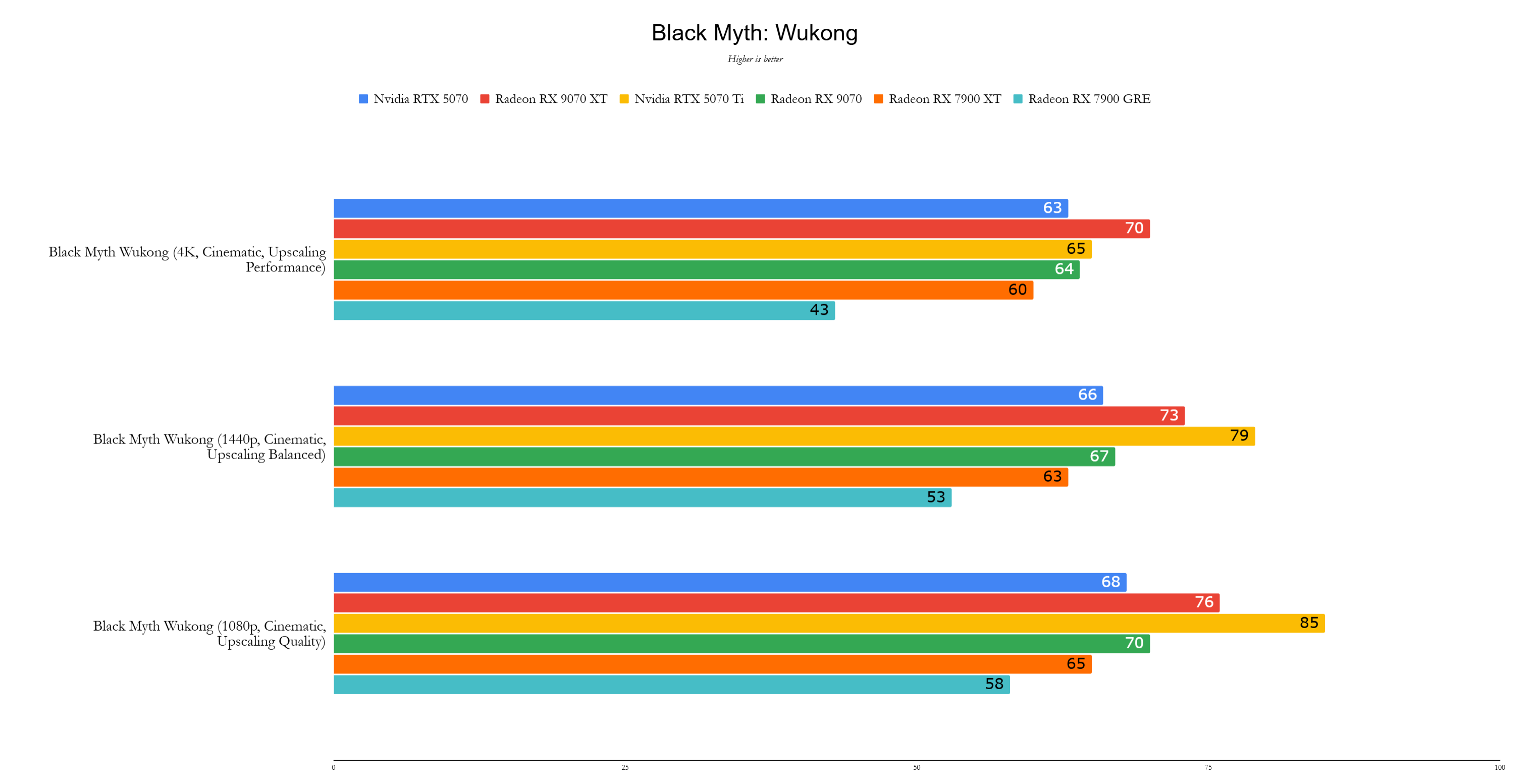
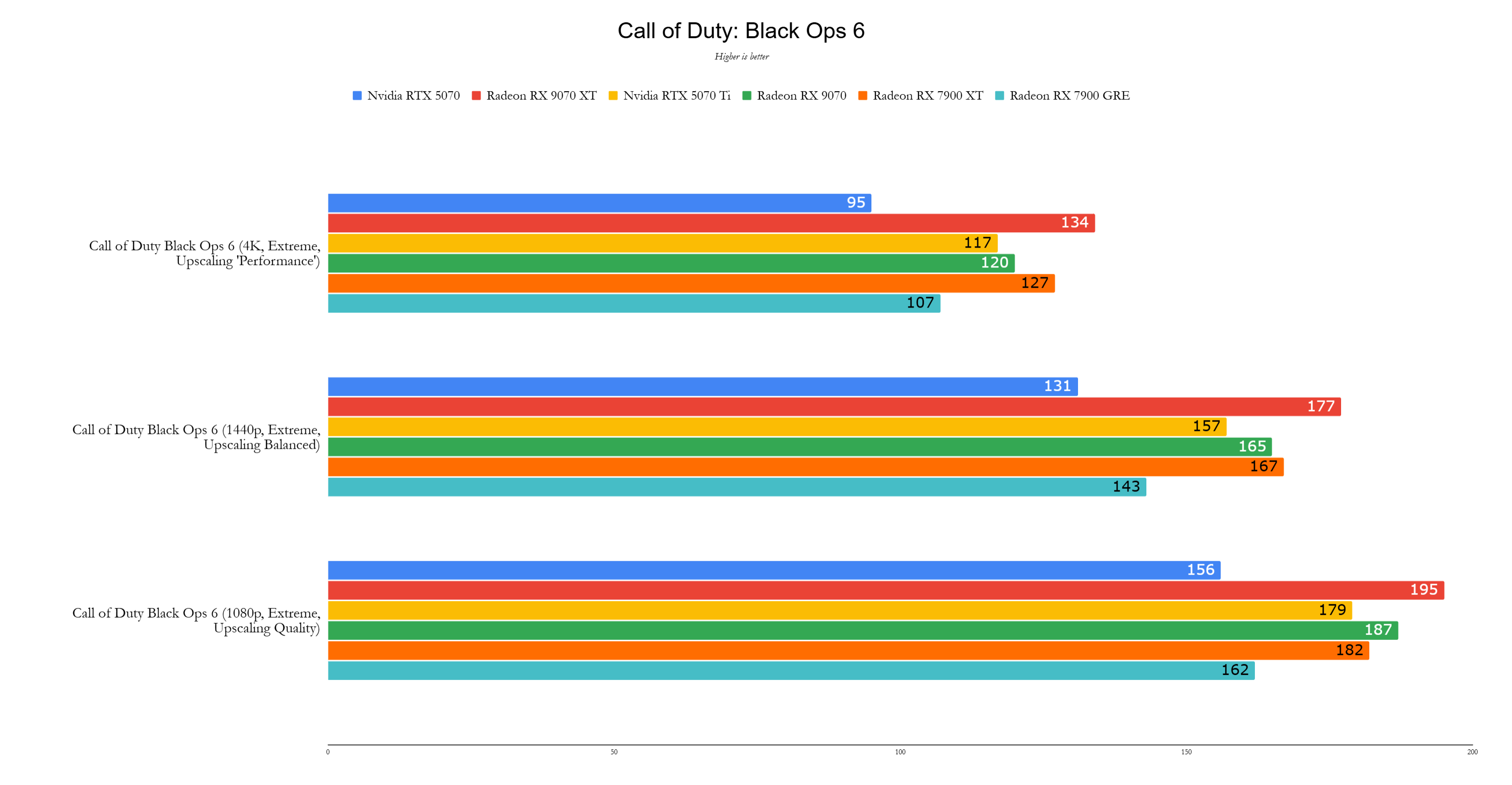
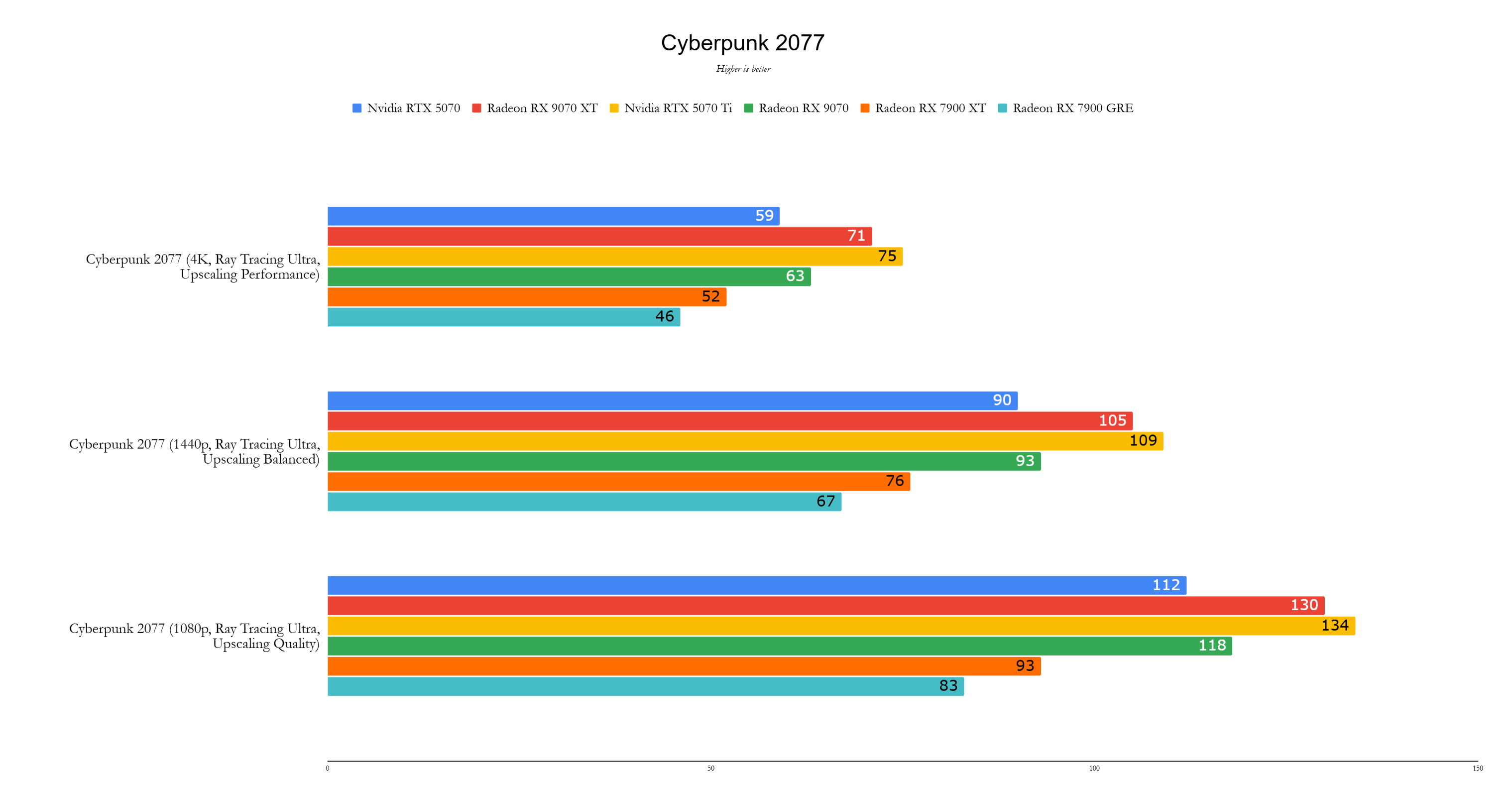
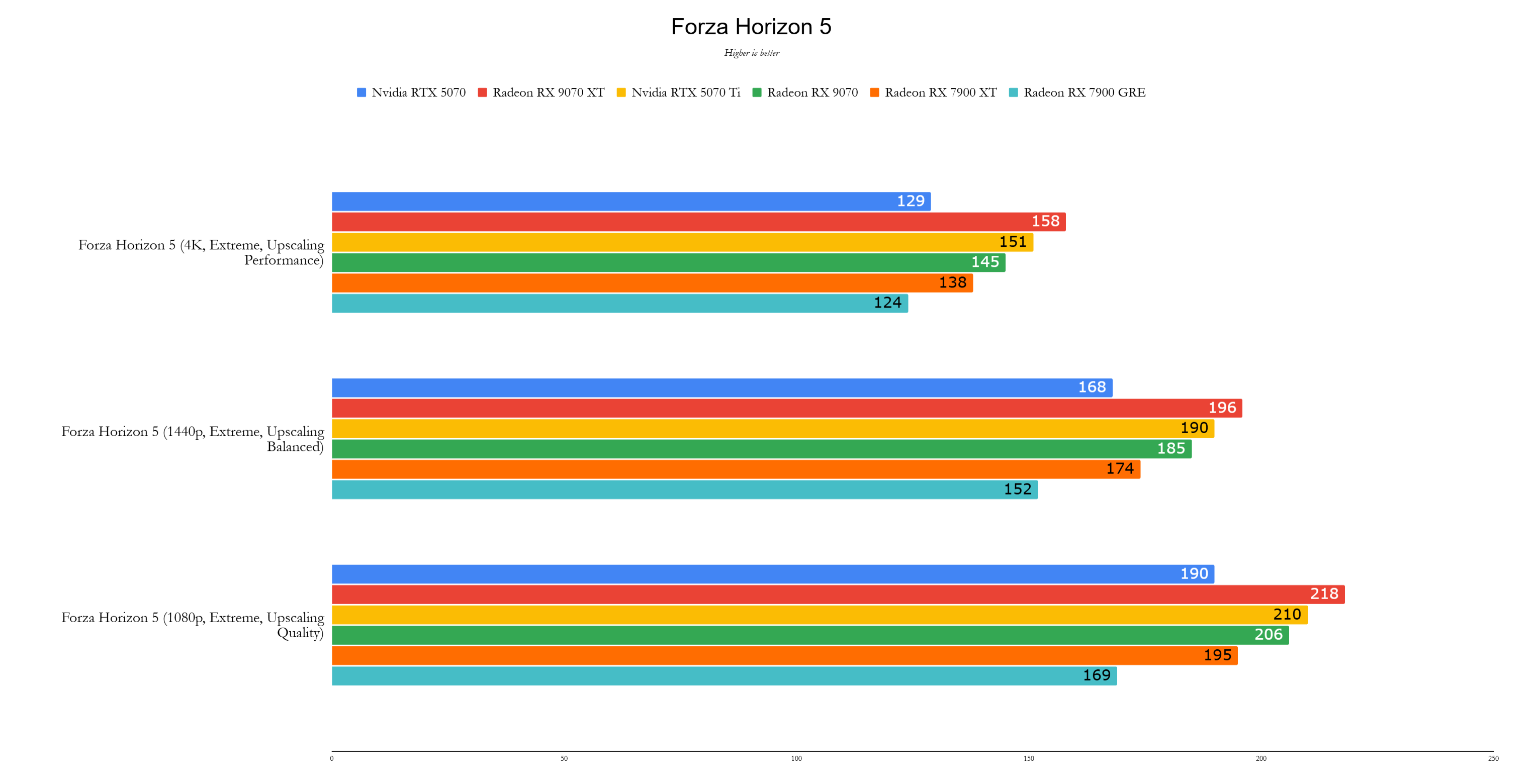
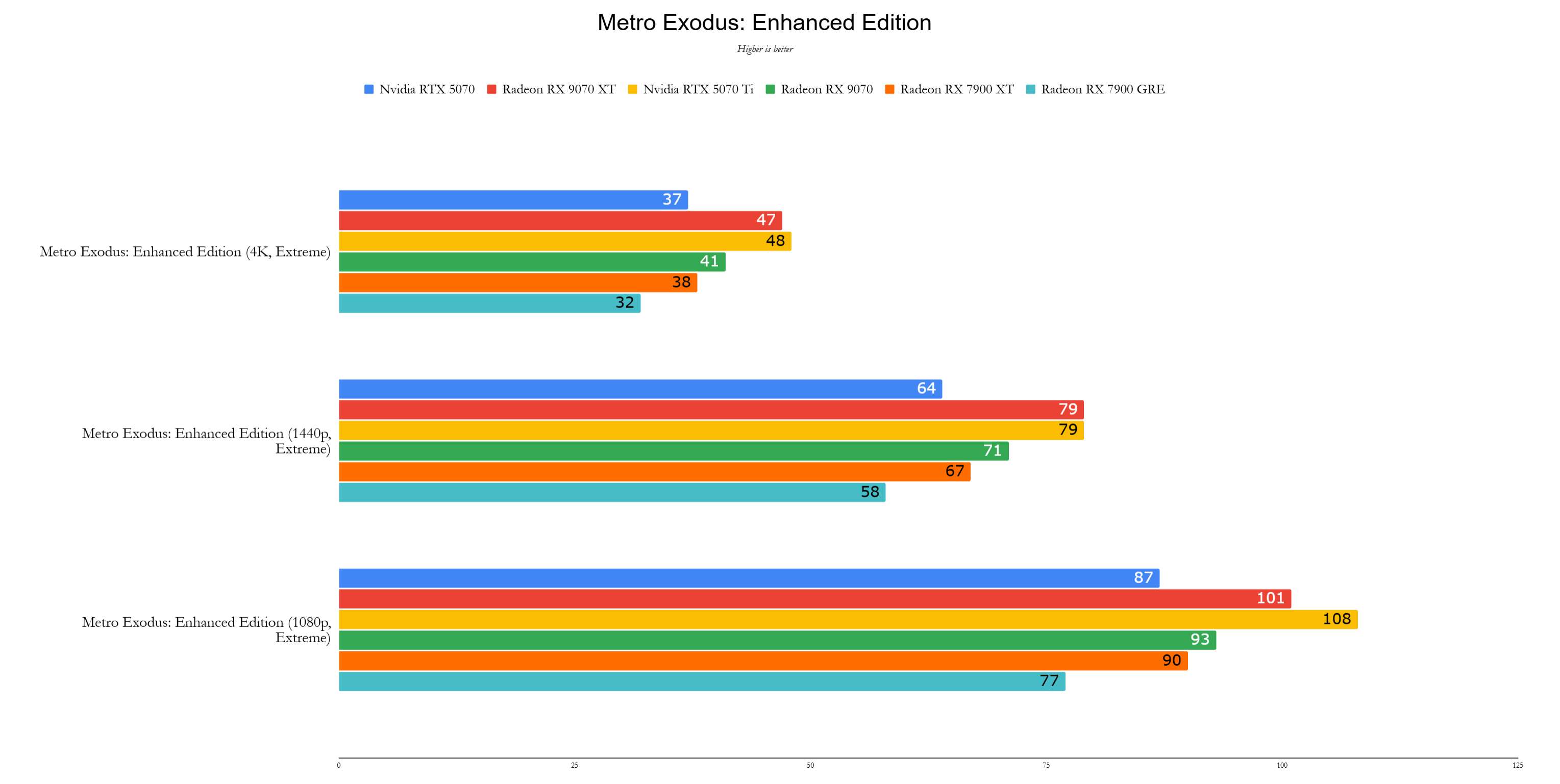
Performance
The Radeon RX 9070 XT is a compelling offering. At $599, it undercuts the RTX 5070 Ti by 21% while delivering comparable performance. Across various titles, it's roughly 17% faster than the RX 7900 XT and 2% faster than the RTX 5070 Ti. Its 4K performance, especially with ray tracing, is exceptional. Testing used the latest drivers available for each card.
3DMark benchmarks show an 18% improvement over the 7900 XT in Speed Way, although slightly behind the RTX 5070 Ti. Steel Nomad results show a 26% improvement over the 7900 XT and a 7% lead over the RTX 5070 Ti. Game benchmarks highlight varying performance advantages and disadvantages compared to competitors across titles like *Call of Duty: Black Ops 6*, *Cyberpunk 2077*, *Metro Exodus*, *Red Dead Redemption 2*, *Total War: Warhammer 3*, *Assassin's Creed Mirage*, *Black Myth: Wukong*, and *Forza Horizon 5*.
Test System: CPU: AMD Ryzen 7 9800X3D; Motherboard: Asus ROG Crosshair X870E Hero; RAM: 32GB G.Skill Trident Z5 Neo @ 6,000MHz; SSD: 4TB Samsung 990 Pro; CPU Cooler: Asus ROG Ryujin III 360
The Radeon RX 9070 XT's performance, particularly at its price point, represents a significant value proposition, offering a compelling alternative to higher-priced competitors.
The Radeon RX 9070 XT feels like a return to a more reasonable graphics card market. While not as fast as the RTX 5080 or 5090, those cards are overkill for most, and significantly more expensive. It feels like a worthy flagship contender, reminiscent of the GTX 1080 Ti's impact in 2017.
-
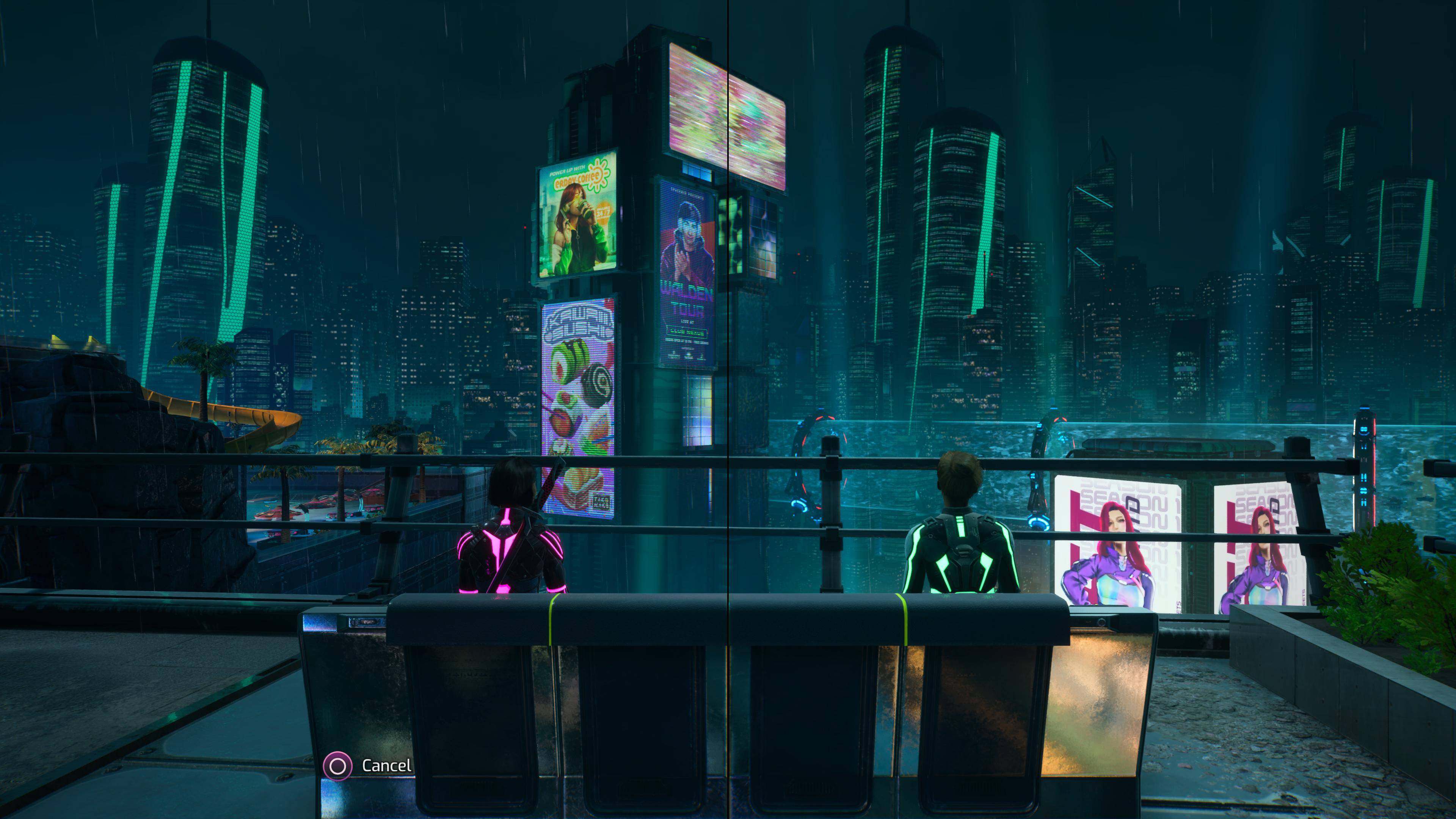 Mar 17,25All Split Fiction Achievements & How to Unlock Them Dive into the captivating co-op adventure Split Fiction from Hazelight Studios! This guide outlines every achievement, ensuring you and your partner conquer every challenge. While some trophies are earned naturally through the story, many require thorough exploration and unique actions. Use this g
Mar 17,25All Split Fiction Achievements & How to Unlock Them Dive into the captivating co-op adventure Split Fiction from Hazelight Studios! This guide outlines every achievement, ensuring you and your partner conquer every challenge. While some trophies are earned naturally through the story, many require thorough exploration and unique actions. Use this g -
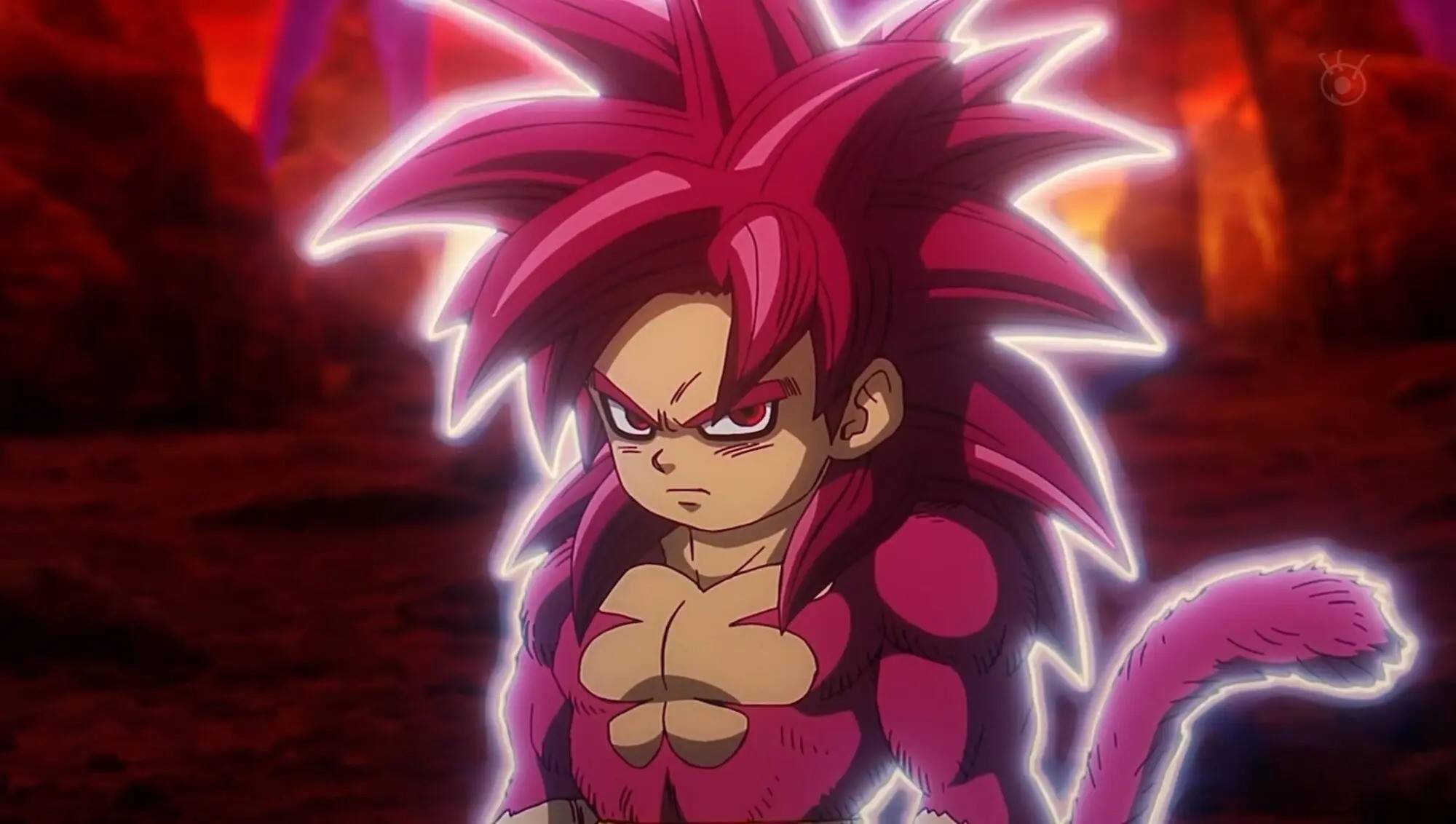 Mar 19,25How Does Dragon Ball Daima’s Finale Explain Goku Never Using Super Saiyan 4 in Super? The climactic battle in Dragon Ball Daima's finale pits Gomah against Goku, showcasing Goku's newly acquired form. This episode naturally led many fans to anticipate an explanation for Super Saiyan 4's absence in Super. So, how does the finale address this?In episode 19, after Glorio's wish restore
Mar 19,25How Does Dragon Ball Daima’s Finale Explain Goku Never Using Super Saiyan 4 in Super? The climactic battle in Dragon Ball Daima's finale pits Gomah against Goku, showcasing Goku's newly acquired form. This episode naturally led many fans to anticipate an explanation for Super Saiyan 4's absence in Super. So, how does the finale address this?In episode 19, after Glorio's wish restore -
 Jan 16,25Girls' Frontline 2: Exilium Tier List Released Another free-to-play gacha game, another character ranking to guide your investment choices. This Girls’ Frontline 2: Exilium character tier list helps you prioritize which characters are worth your resources. Girls’ Frontline 2: Exilium Character Tier List Here's a breakdown of currently available
Jan 16,25Girls' Frontline 2: Exilium Tier List Released Another free-to-play gacha game, another character ranking to guide your investment choices. This Girls’ Frontline 2: Exilium character tier list helps you prioritize which characters are worth your resources. Girls’ Frontline 2: Exilium Character Tier List Here's a breakdown of currently available -
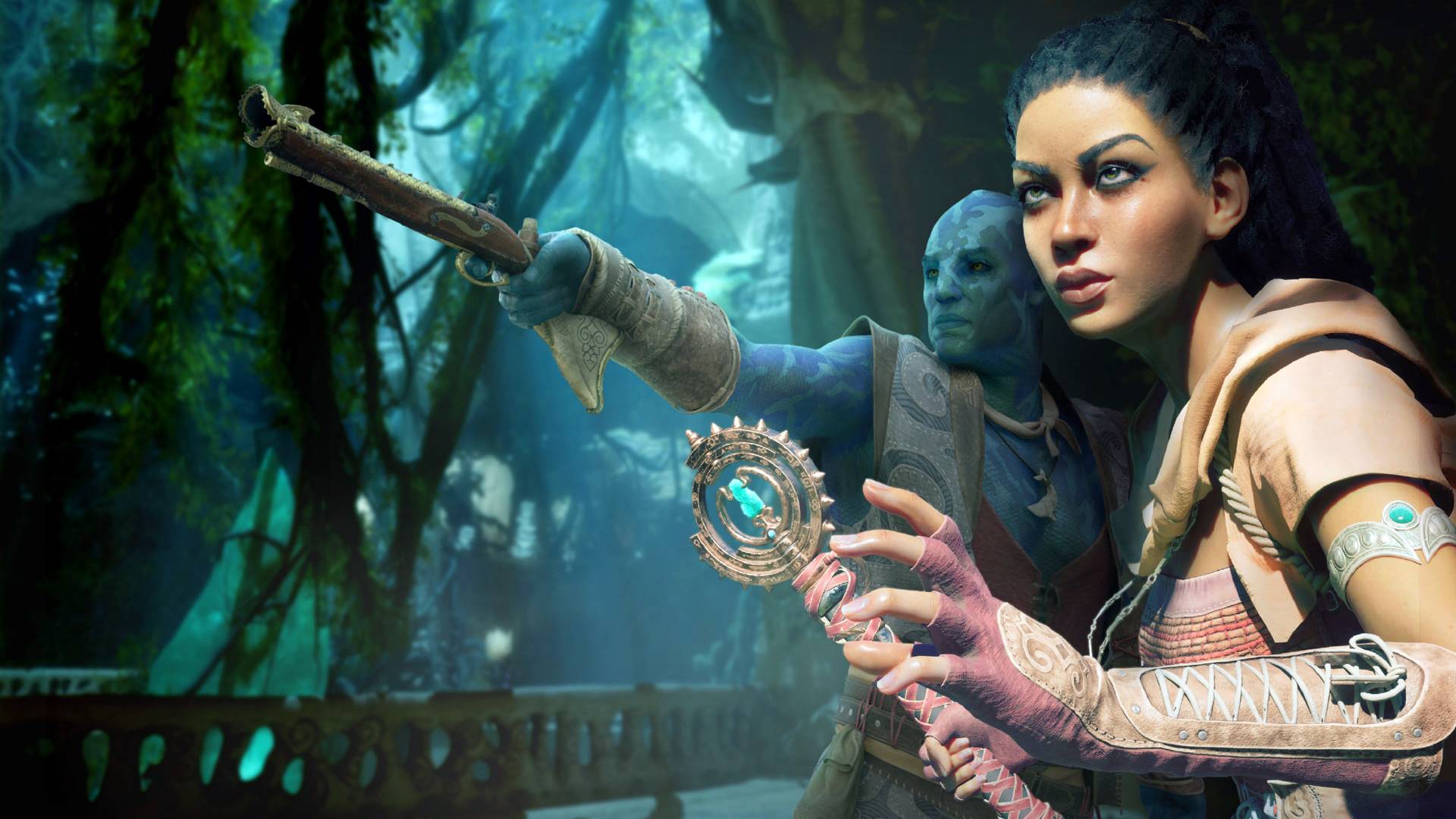 Mar 18,25Avowed Best PC Settings for Max FPS *Avowed*, a visual masterpiece, immerses you in a richly detailed world. To fully appreciate its stunning graphics without sacrificing performance, optimizing your PC settings is key. This guide helps you strike the perfect balance between breathtaking visuals and smooth gameplay.Recommended Videos
Mar 18,25Avowed Best PC Settings for Max FPS *Avowed*, a visual masterpiece, immerses you in a richly detailed world. To fully appreciate its stunning graphics without sacrificing performance, optimizing your PC settings is key. This guide helps you strike the perfect balance between breathtaking visuals and smooth gameplay.Recommended Videos
